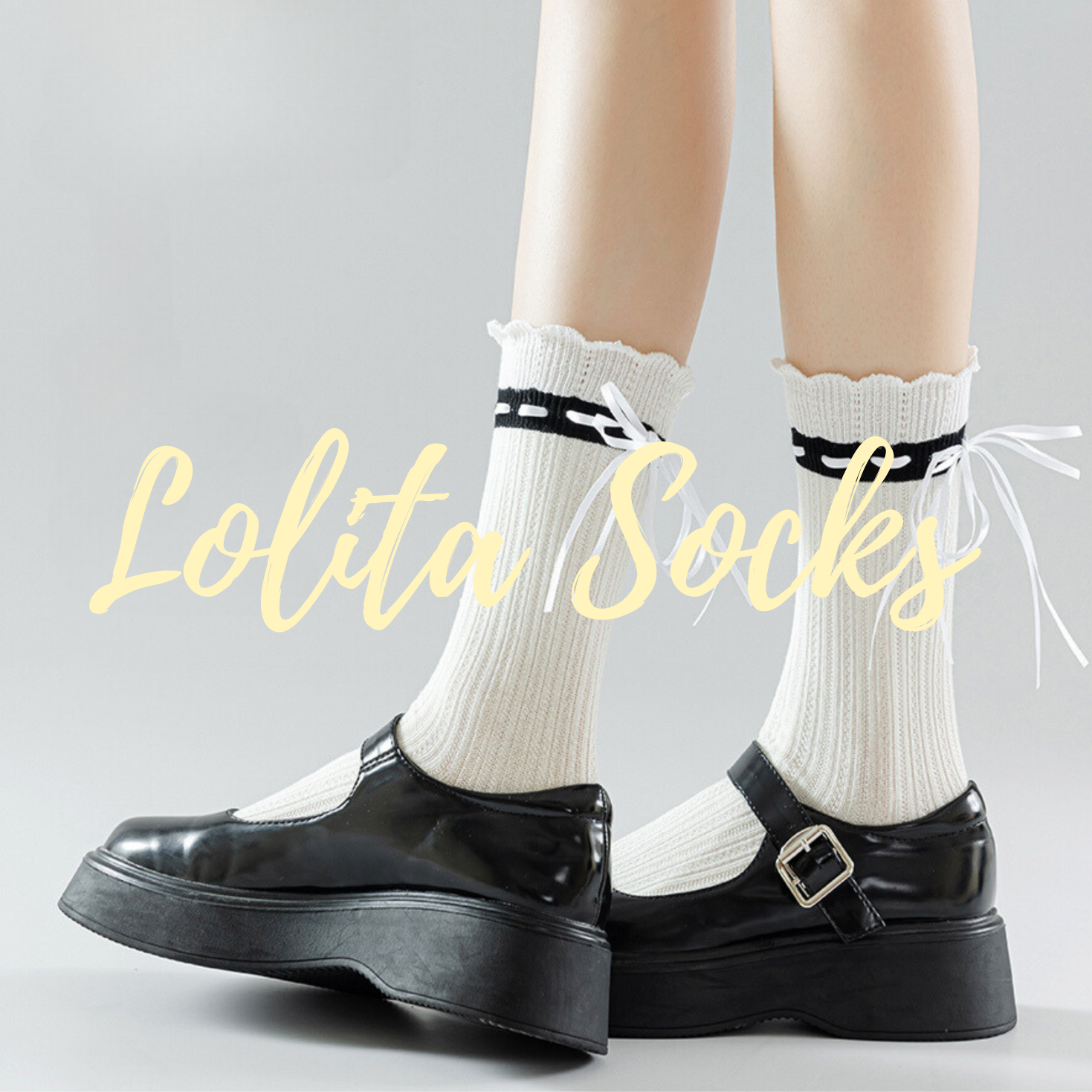This History of Leg Warmers in Japan
1. Introduction
Once purely practical, leg warmers have taken on a whole new life beyond the dance studios where they first appeared. In Japan, these cozy accessories have become much more than a way to keep warm—they’re now a cornerstone of fashion, shaping and reflecting cultural trends in fascinating ways. Let’s take a closer look at how leg warmers transitioned from a dancer’s essential to a symbol of youthful style and innovation in Japanese fashion.
2. The Origins and Global Spread of Leg Warmers
Leg warmers may have started out as a dancer’s best friend in the U.S. during the 70s and 80s, but they didn’t stay confined to ballet studios for long. Thanks to some iconic 80s movies and a few fashion-forward celebrities, these knit tubes became a major trend. Soon, leg warmers were popping up everywhere, from high school hallways to trendy boutiques. And when it comes to picking up on global trends, Japan has always been ahead of the curve. Japanese youth, especially in fashion hotspots like Harajuku and Shibuya, were quick to embrace leg warmers, weaving them into their unique, sometimes daring, style statements.
3. Formation of the Leg Warmer Culture in Japan
3.1 Influence of the Japanese Fashion Industry
Japan in the late 20th century was a place of rapid change. The older generation’s focus on tradition was making room for a younger crowd eager to express themselves, often through fashion. Japanese designers like Issey Miyake and Rei Kawakubo were already making waves internationally, but on the streets of Tokyo, a different kind of fashion revolution was underway. Leg warmers, once strictly utilitarian, started showing up in the bold outfits of teenage girls. The “kogyaru” style, which creatively twisted school uniforms into something entirely new, made leg warmers a must-have. These warmers, often piled on top of loose socks, became a cheeky mix of rebellion and respect for tradition.
3.2 Integration into Student and Youth Culture
For Japanese schoolgirls, wearing leg warmers wasn’t just about keeping warm—it was a subtle way to push back against strict school dress codes. In the 1990s, a time when Japan was grappling with economic challenges and shifting values, these fashion choices became a form of silent protest. The oversized, slouchy leg warmers, worn in layers, added a personal flair to otherwise strict uniforms, turning school corridors into impromptu runways. Japanese pop idols and TV dramas only fueled the trend, turning leg warmers into a symbol of youthful defiance and creativity.
3.3 Influence of Anime and Pop Culture
Anime and manga, which are at the heart of Japanese pop culture, played a huge role in making leg warmers a must-have item. Characters sporting exaggerated fashion trends, including leg warmers, made these accessories seem aspirational, especially to young fans. As anime gained popularity worldwide, so did the fashion trends it showcased, including leg warmers, which found their way into the wardrobes of fans far beyond Japan’s borders.
4. Modern Trends in Leg Warmer Fashion in Japan
Fast forward to today, and leg warmers are still a beloved part of Japanese fashion, though they’ve evolved quite a bit. In niche subcultures like Lolita fashion and Decora, leg warmers are reimagined with intricate designs, playful textures, and even high-tech fabrics. They’re not just for dancers or schoolgirls anymore—brands like Uniqlo have embraced them as a winter staple, blending style with practicality. Whether layered over leggings or peeking out from under boots, leg warmers continue to be a versatile accessory that’s both functional and fashionable.
5. The Influence of Japanese Leg Warmer Culture Beyond Japan
Japan’s unique take on leg warmers has left its mark on fashion trends far beyond its borders. The blend of comfort, practicality, and personal expression has made leg warmers a beloved accessory for fashion enthusiasts worldwide. Thanks to the global influence of Japanese pop culture, especially anime, these once-humble garments continue to inspire style trends around the world.
6. Conclusion
The journey of leg warmers in Japan is more than just a fashion story—it’s a reflection of broader cultural shifts. From their origins as a practical accessory to their role as a symbol of youth rebellion and innovation, leg warmers have earned their place in the annals of Japanese fashion. As they continue to evolve, their influence remains strong, a testament to the ongoing dialogue between function, fashion, and culture.

